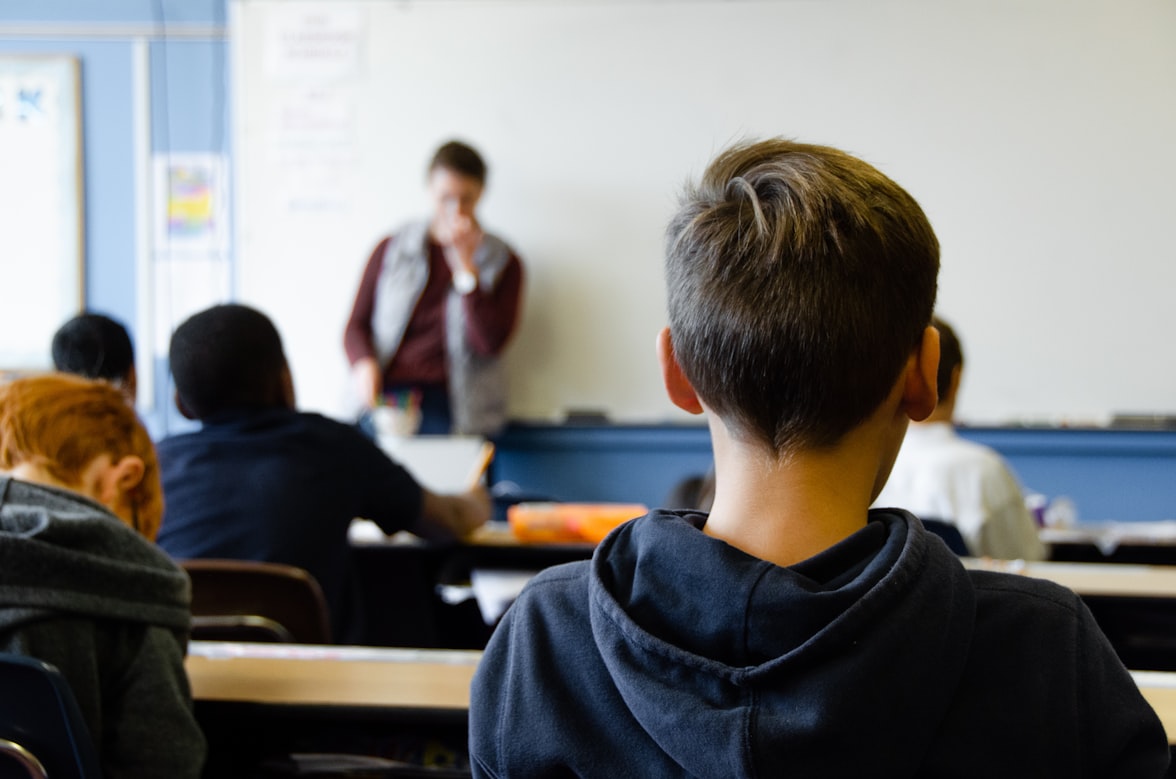1. Show Genuine Care and Respect: Demonstrate genuine care for each student as an individual.
- Respect their opinions, thoughts, and feelings.
- Use their preferred names and pronouns, and be sensitive to their cultural backgrounds and identities.
2. Active Listening:
- Practice active listening during conversations with students. Give them your full attention, maintain eye contact, and nod to show understanding.
- Encourage them to express themselves and share their thoughts without interruption.
3. Get to Know Them:
- Take the time to learn about your student's interests, hobbies, and goals outside of the classroom.
- Use icebreakers or question prompts to facilitate personal introductions and discussions.
- Use an all about me activity! Here's a great freebie from my store.
4. Use Positive Reinforcement:
- Acknowledge and praise students for their efforts, achievements, and contributions to the classroom.
- Positive reinforcement fosters a sense of accomplishment and motivates students to engage actively.
- Recognize that each student has unique learning needs and strengths. Provide personalized support and accommodations when necessary.
- Offer extra help or additional challenges based on their abilities and preferences.
- Appropriately share relevant personal experiences to connect with students. This can help them see you as a relatable figure and build trust.
- Be mindful of boundaries and ensure your stories are age-appropriate.
7. Be Patient and Approachable:
- Create an approachable classroom atmosphere where students feel comfortable asking questions and seeking help.
- Be patient when addressing concerns or misunderstandings, fostering a safe space for learning.
- Embrace and celebrate the diversity within your classroom. Incorporate multicultural perspectives and materials into your lessons.
- Teach students about the importance of inclusivity and respect for all.
- Conduct one-on-one check-ins with students to discuss their progress, challenges, and goals.
- These check-ins show that you care about their well-being and academic success.
- Encourage students to express their opinions and ideas. Create opportunities for them to have a say in classroom decisions and activities.
- Implement student-led projects or discussions to empower their voices.
- Maintain open lines of communication with students and their families. Share updates on academic progress and behavioral achievements.
- Respond promptly to emails or messages from students or parents.
- Adapt your teaching methods and strategies to meet the changing needs of your students.
- Show flexibility in accommodating individual learning styles and preferences.
- Address conflicts or disagreements with empathy and a problem-solving mindset.
- Teach conflict resolution skills, helping students learn to manage disagreements constructively.
- A great way to practice is to use conflict/resolution cards. Get a freebie here!
 |
| Free Conflict Resolution Cards |
image cred:
1.unsplash
2.unslapsh
3 unsplash





0 comments